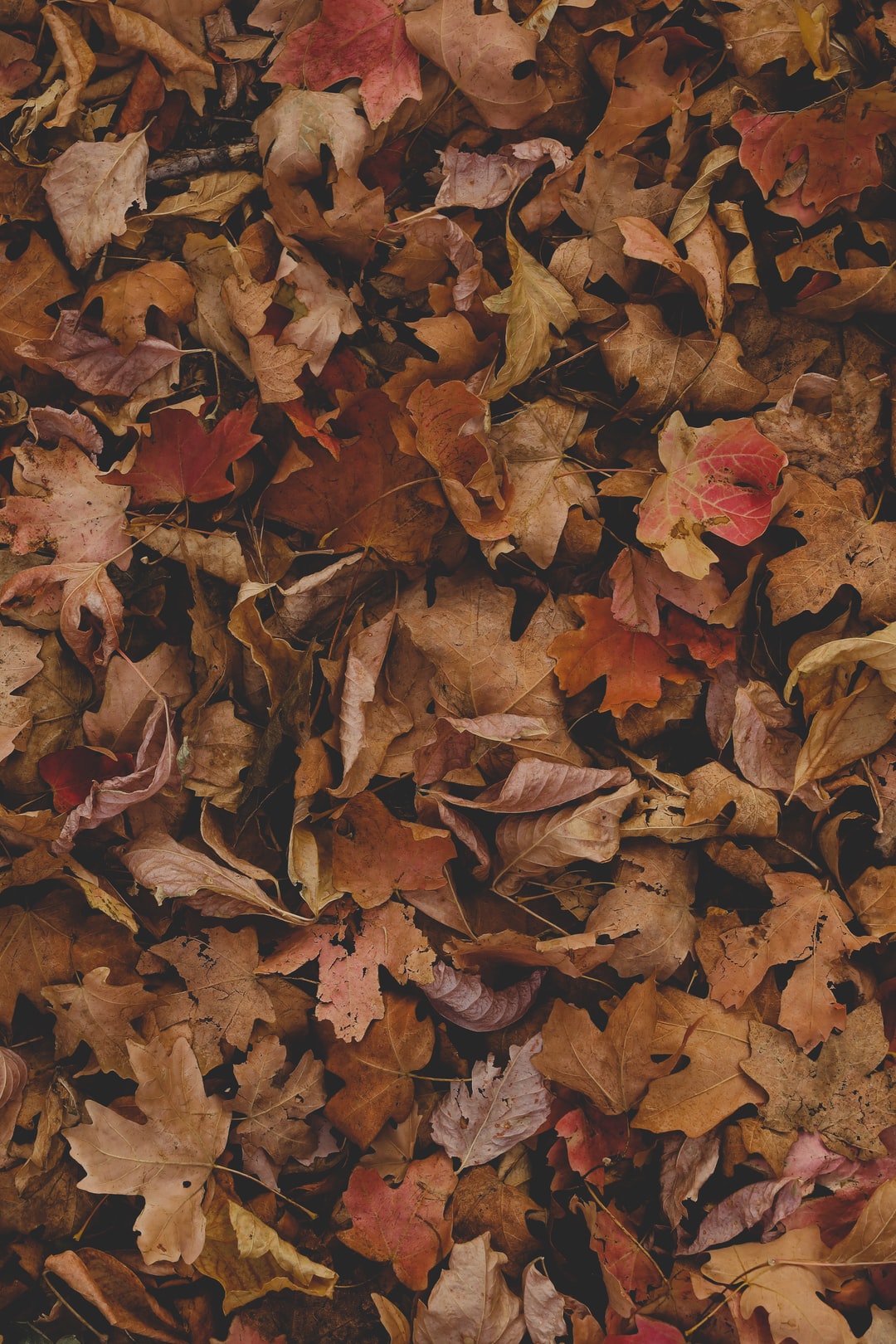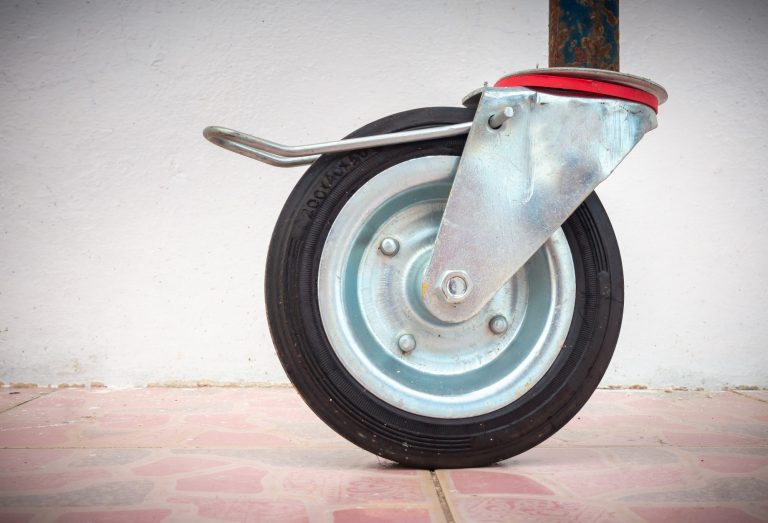How to Manage Leaf Litter in Your Yard
A cozy yard is a wonderful thing to have. But it can be hard to stop leaves from turning into a muddy mess.
Having some tree leaves on your lawn fertilizes the soil and encourages microbial life. The problem comes when there’s too much of it, making it more of a nuisance than a benefit.
So how do you know if you have too much? When’s the best time to remove leaf litter from your yard?
Here’s what you should know about leaf litter and how to manage it.
Regular Raking
Leaf litter can be easily managed and kept in check with even the occasional yard task – regular raking! Raking is a great way to keep your yard looking neat, tidy, and presentable.
Regular raking can also help to limit the spread of weeds, as many of them require light and moisture to grow. As a bonus, this activity is a great way to get out and enjoy the great outdoors while at the same time taking care of your yard and home.
Composting
Composting your leaf litter is a great way to manage it in your yard. First, collect your leaves into a compost bin or pile that has plenty of air circulation.
Add some mulch, soil, or manure to give your compost a base. Next, mix in water and stir the elements together. Finally, keep the compost moist and turn it on regularly.
Once the compost is ready, you’ll be able to use it to fertilize your lawn and garden plants. You can also use it to treat soil that has become compacted.
Composting greatly reduces the amount of waste that would otherwise be discarded in a landfill. It also adds nutrients back into your soil, and the process of decomposition releases heat which helps prevent the growth of weeds.
Regular Tree Trimming
It is important to trim branches and limbs to reduce the amount of leaves that accumulate.
Trimming should take place two to three times a year, around late spring, mid-summer, and mid-fall. It is important to focus on removing any dead or diseased branches or limbs from the tree, as this will reduce the amount of leaf litter produced.
Additionally, regular trimming of the tree’s canopy can reduce overall leaf production as it reduces the amount of leaves the tree can grow in the first place. See this tree trimming service if you’re looking for professionals to help you.
Mulching
Mulching leaves involves turning them into small pieces and using them as a natural fertilizer in the yard. This can be done by running a lawn mower over the leaves a few times or using a leaf shredder to break them down quickly.
This will help the leaves break down and disperse throughout the grass or soil, creating a fertilizer from which your plants can benefit.
Adding a layer of mulch to your soil or grass can help combat weeds growing in your yard and protect your plants and lawn from drought and extreme weather. Mulching leaves also help to fortify the soil and help your lawn stay healthy and vibrant throughout the year.
Learn How to Manage Leaf Litter
Leaf litter can be easily managed with the proper tools and techniques. Now that you know the best practices for managing leaf litter on your property, use these strategies to help maintain a neat and tidy yard year-round.
Start today by using a leaf blower for quick and efficient clean-up.
Keep reading our blog for more home and lifestyle tips!






